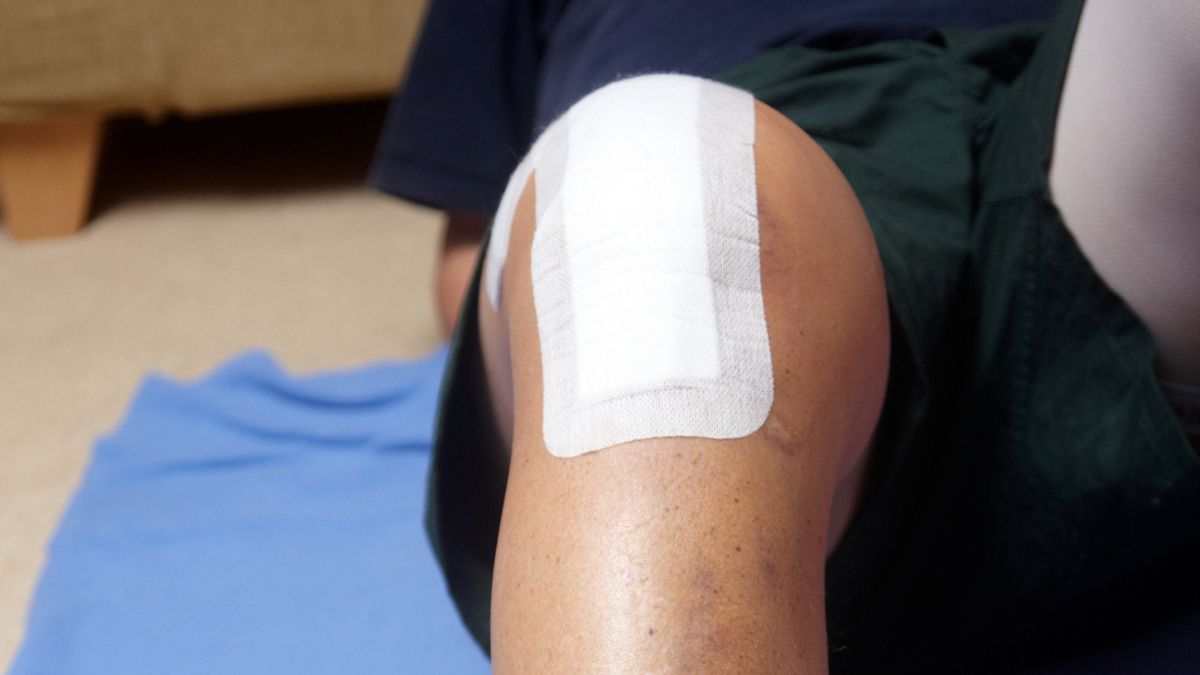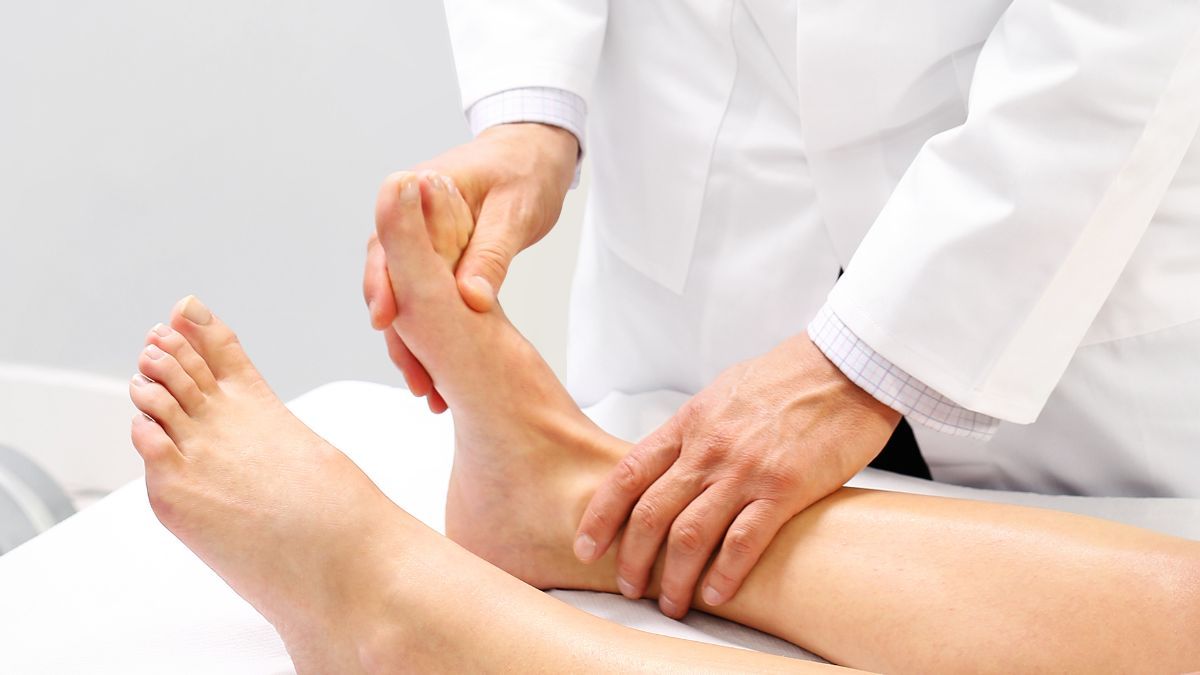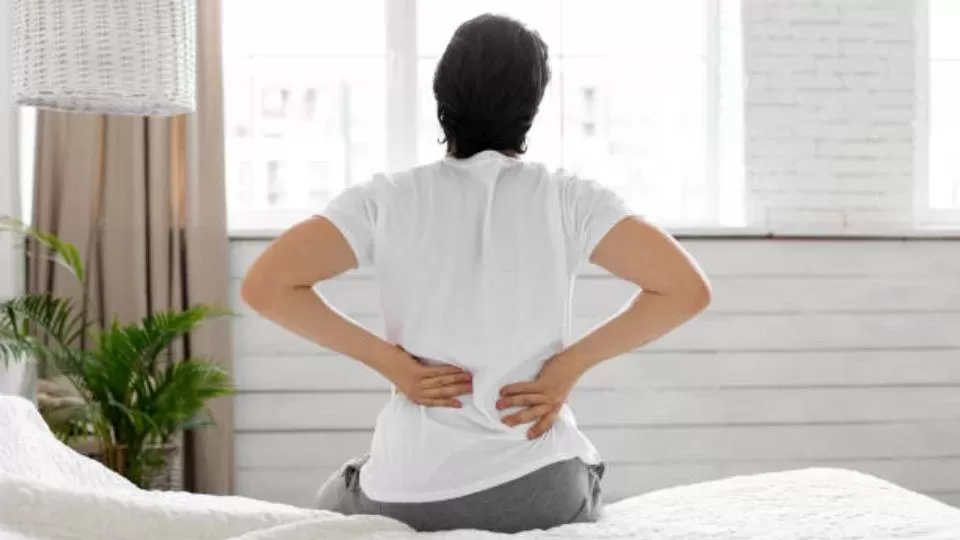How Do You Know If You Need A Knee Replacement?
Knee pain can add a lot of difficulty to your daily life that you simply don’t need to tolerate any longer. After all, you already have plenty of challenges to deal with.
That being said, how do you know if your knee pain is something serious? And more specifically, “How do you know when you need a knee replacement?” There can be certain types of knee pain that simply require a little bit of therapy or a little change in lifestyle.
Then there are other types of knee pain that are indicative that you should potentially have a knee replacement or knee surgery.
At Ascension St. Agnes, we always strive to exhaust every option before recommending surgery. However, there are some cases where it is necessary or more helpful for our patients.
Let’s talk about some of the scenarios in which your knee pain could mean that it’s time to have an operation.
How Do I Know If I Need A Knee Replacement?
So how do you know if you need knee surgery? Well, it turns out there are several factors that go into that decision. Now without further ado, let’s talk about how to know if you need a knee replacement:
The Non-Surgical Treatments Just Aren’t Working
You might have tried different kinds of therapies, exercise, sleep, or even devices. This is a great place to start and that’s what we typically recommend. You want to exhaust those options first.
However, sometimes it reaches a point where those simply are not enough anymore. You may continue to feel the pain, the swelling, the inflammation, and more. At that point, it may be time for you to have a knee replacement surgery.
The Pain Is Accelerating
At first, the pain might have started off subtle and just occasionally making you notice it more. However, as time goes on, if the pain becomes more frequent and more intense, then these are two very worrying signs.
This means that your knee pain could continue to get worse, and as it becomes more chronic, it can accelerate rapidly. It might be time to get a new knee or at least see your orthopedic specialist.
It’s possible you should take certain vitamins for joint health, or that a procedure will be better long term.
You’re Having Mobility Issues
No one wants to be limited in their mobility, but when you have knee pain, that’s one of the first things that becomes affected. Your range of motion will drastically reduce. And in order to improve your quality of life, sometimes knee surgery is the only option left.
Swelling
Some types of swelling can go away with time. However, osteoarthritis and other types of conditions will not simply get better on their own. In fact, that’s something that you need to address immediately once you notice it.
And there you have it. The list above encapsulates how to know when you need a knee replacement.
Learn More About Knee Replacement Surgery Today
At Ascension St. Agnes, we pride ourselves on providing the best joint and pain relief in the world. Our experts will evaluate your condition and suggest the most healthy, effective solutions for your goals and specific circumstances.
So let’s make sure that you can enjoy a healthy, fit lifestyle for as long as you choose to. Reach out for a free consultation today for orthopedic surgery in Baltimore.









